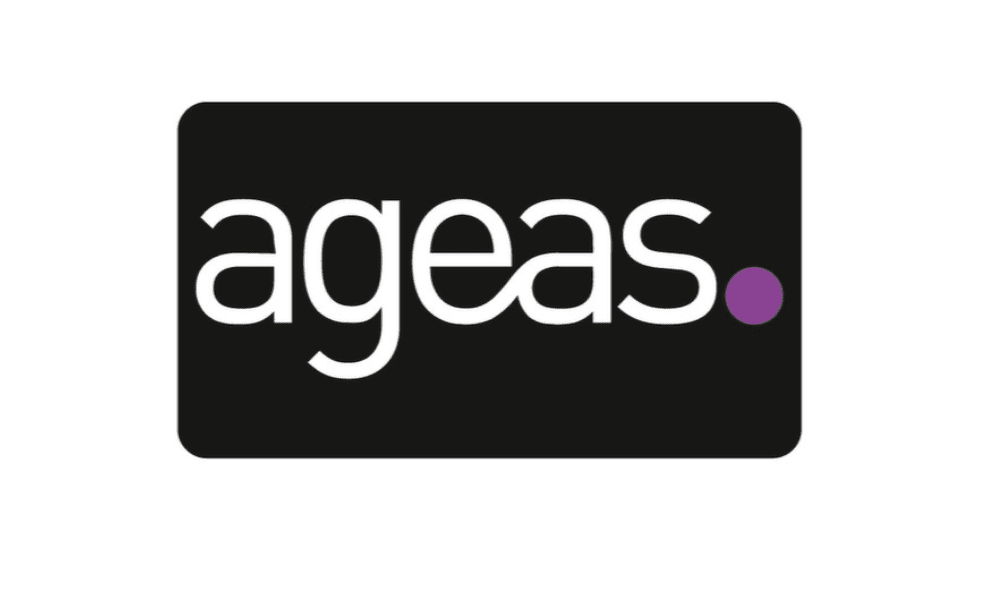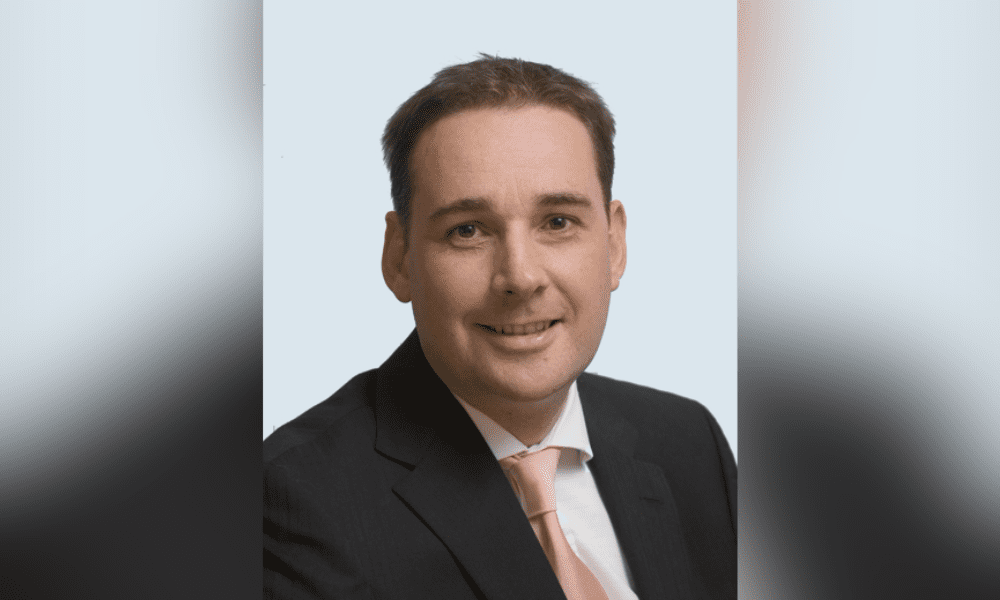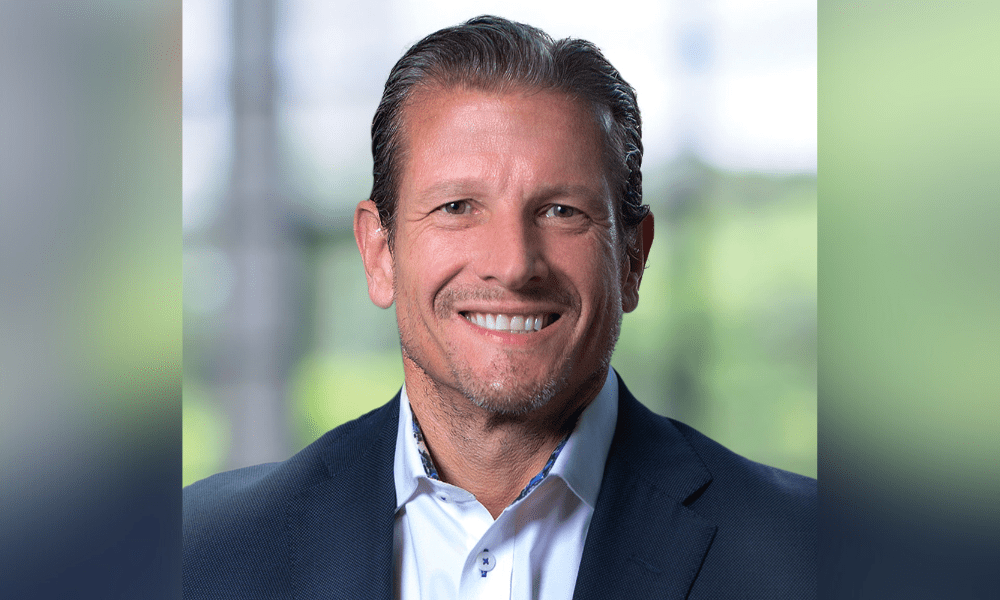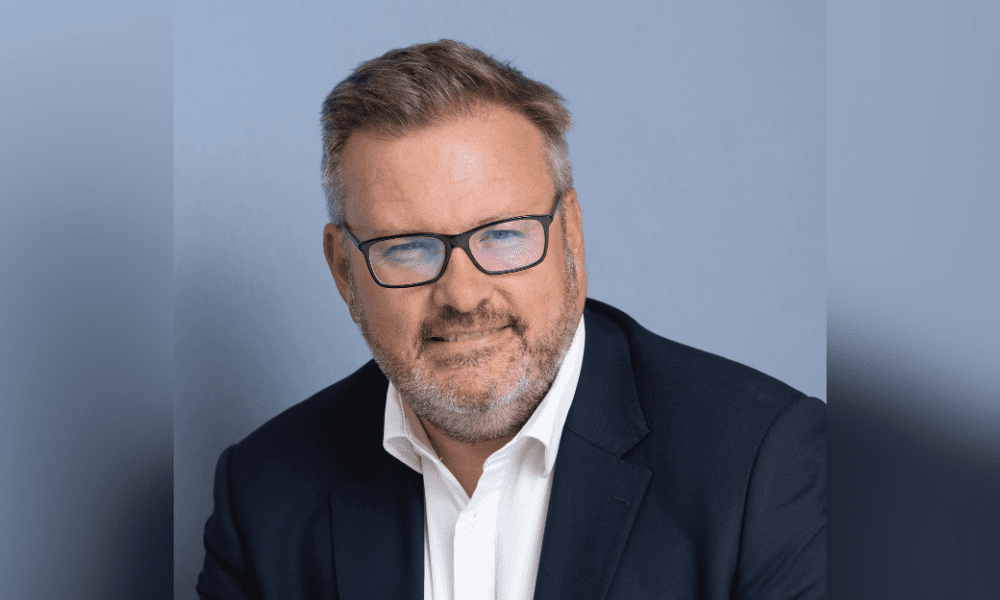

Established in 1974, MECO underwrites marine risks for a global client base, including operators in shipping, commodities trading, and logistics. The MGA reported US$63 million in gross written premiums for the 2024 financial year. Its offerings are delivered through three primary underwriting platforms – The Charterers P&I Club, Transmarine, and Aurora P&I – as well as True North, its in-house legal services affiliate.


















